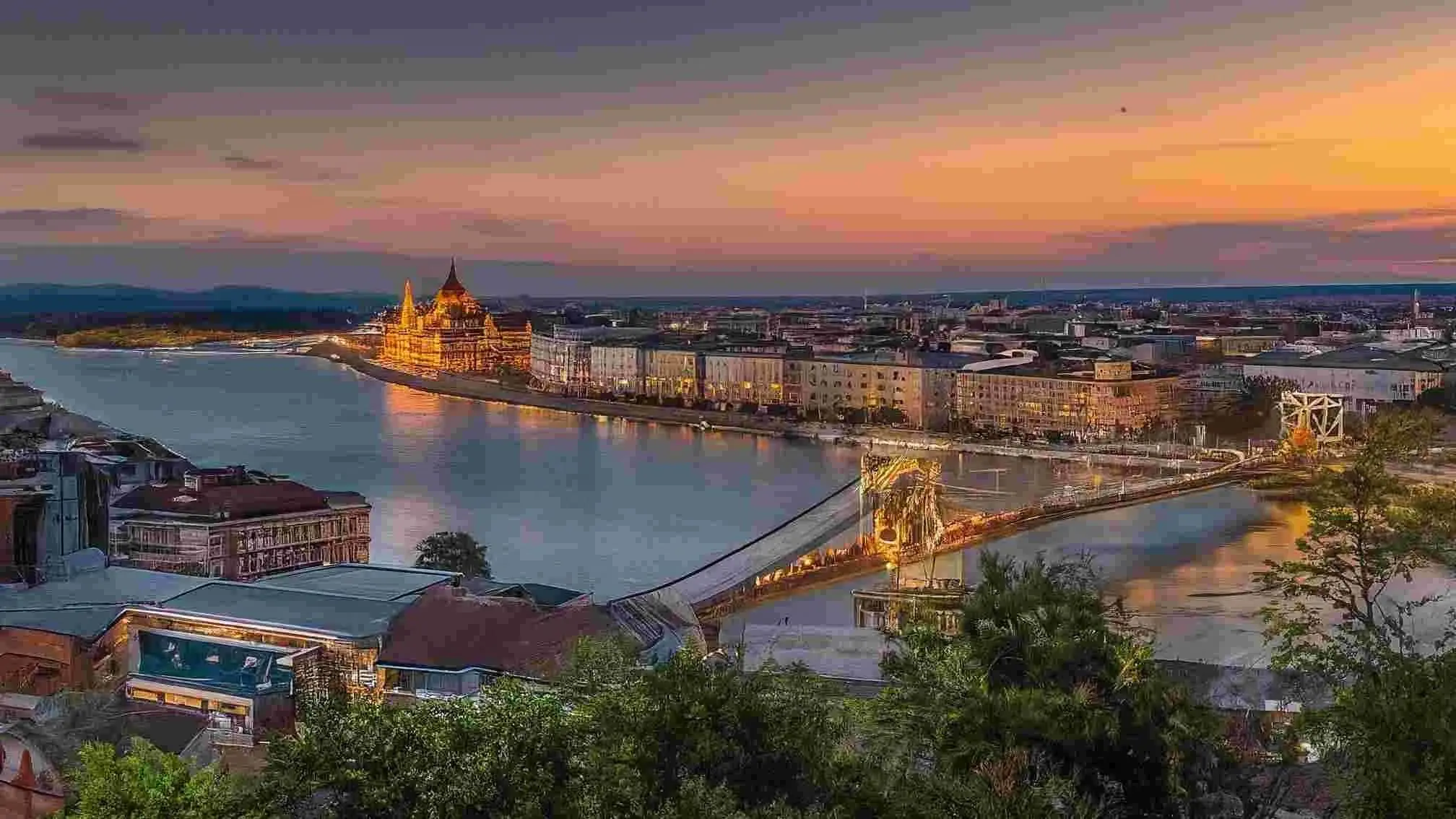
Budapest was once called "the quietest city in the world" by the French, but there's enough energy lurking beneath its quiet temperament to get you warm. The waters of the Danube River turn abruptly into the Hungarian territory, and then flow quietly from north to south, like a delicate necklace around the neck of this beautiful country, and Budapest is the brightest pearl of this necklace.
Recommended attractions
Fisherman's Bastion
The Fisherman's Bastion is a two-storey white complex that combines neo-Gothic, neo-Romanesque and local Hungarian architectural styles. The Fisherman's Fort was built in 1905 as a fish market and was later built by fishermen to protect their interests. The Fisherman's Bastion is surrounded by beautiful surroundings and has a bird's-eye view of the whole city of Budapest.
Hungarian Parliament Building
The Hungarian Parliament Building is the seat of the Hungarian Parliament, one of the oldest legislature buildings in Europe and an important landmark of Budapest. The Reichstag is a fusion of the Hungarian national style and belongs to the neo-Gothic architectural style. Located on Freedom Square on the banks of the Danube, it is currently the largest building in Hungary and the second largest parliamentary building in Europe.
Széchenyi Chain Bridge
The Széchenyi Chain Bridge was the first bridge on the Danube to connect Buda and Pest, so it is considered an icon of the city of Budapest. In 1850, the Hungarian designer Jarnos designed a lion sculpture at both ends of the Chain Bridge, with lion claws clinging to both banks, symbolizing the close connection between Buda and Pest.
Hot springs Recommended
Széchenyi Thermal Baths
Nearly two-thirds of Hungary has hot spring resources under the land, and it is a veritable country on the "hot spring sea", and has the reputation of "hot spring capital". The capital city of Budapest is dotted with thermal baths, the most famous of which is the Széchenyi Thermal Baths, built in 1913 in the Baroque style, and is one of the most characteristic spas in Hungary. Széchenyi Thermal Springs combines hot springs with pools, and there are three outdoor pools and several indoor pools in the palatial complex.
Food recommendations
New York Cafe
Built in 1891-1895, the New York Café was the most beautiful café in Budapest in the 20th century and the most popular among the locals. Many of Budapest's literati and artists like to work here over a cup of coffee. During World War II, the café was replaced by other shops. It wasn't until 2006 that the café was restored to its original appearance.
Red Hot Chili Pepper Restaurant
It is a restaurant with a strong Hungarian character, and the décor is very sophisticated: antique wooden tables and chairs, Hungarian tablecloths and cutlery make you feel like you are in an old castle. In addition to the delicious potato and beef soup, Hungarian fish soup and a variety of other main courses are also a good choice.
Palace Del Restaurant
The restaurant is considered one of the best in Hungary and has won numerous awards, even when dignitaries such as the Queen of England and Clinton visited Hungary. It is one of the must-see restaurants in Budapest in terms of both the environment and the taste.
Hungarian national snack LANGOS
LANGOS is in the shape of a round cake and can be customized with different dishes according to individual needs. The crust part is made of flour, and then fried in the pan, and the toppings can be selected from a variety of options, such as yogurt, cheese, onions, bacon, etc.
Epilogue
Such a beautiful place, find a chance to take a look~
